Share on facebook
Share on pinterest
Share on twitter

Best Headphones Buying Guide: For music lovers, it can be a daunting task to choose the perfect set of headphones. Or earphones from among the many available today. Whether your favorite music is hip hop, alternative, punk, metal. EDM, jazz or IDM this guide will help you find the perfect headphones. That are best suited for the genre of music you prefer. Finding the right headphone has never been easier. So, here is the top 4 thing to know before buying any pair of headphones. Just read full Headphones Buying Guide.
Type and Fit
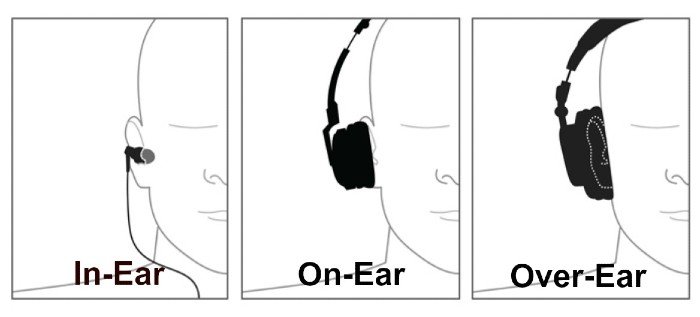
There are two types of earphones – Canal-phone and Earbuds. Canal-phones are designed to rest just inside the ear canal while earbuds rest just outside the canal. There are two types of headphones – On the Ear and Over the Ear. On-the-ear headphones don’t cover the ear entirely. They sit on the ear and are also called supra-aural. They are available in behind-the-neck and over-the-head designs. Over-the-ear headphones cover the entire ear and are generally considered to be the best in terms of sound quality.
In-ear Headphones (Canalphone and Earbuds)
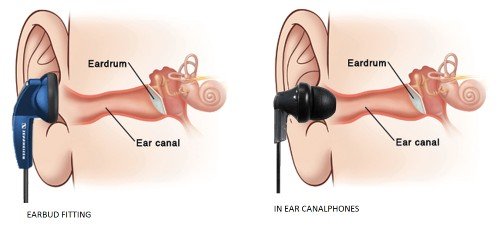
They have foam or rubber tips in different sizes for improved comfort. Compact and lightweight. Ideal for smartphones and portable players. Has passive noise isolation. Both types are also available in Ear-clip and Behind-the-neck designs. Ideal for sports and fitness enthusiasts and frequent travelers.
PROS
Portable: Due to their size and weight, in-ears are the most portable of the three kinds of headphones. You can easily stash them in your pockets when not in use and if that’s too much. Even dangling them around your neck isn’t too intrusive.
Noise isolation: Earbuds tend to have excellent noise isolation since they get placed directly in your ear. If you’re not sure exactly what noise isolation is, we go more into detail in this guide.
Great for exercise: This kind of ties back into portability but goes a step further. Earbuds are pretty much the headphones of choice when it comes to working out. Sure people still use other kinds of headphones. But these are by far the most popular because of how lightweight they are.
CONS
Sound Quality: For the most part, the sound isn’t the strong point of earbuds, particularly in the low end. Larger headphones can reproduce a more pleasing sound simply because they’re able to. Bigger drivers generally mean better sound, and earbuds use tiny drivers to maintain their portable form factor.
Wires get easily tangled: Again, this doesn’t apply to all in-ears, but for the most part. The wires get tangled all the time. Like, all the time and it can be annoying.
On-the-ear Headphones

The ear-pads are usually flat. Cushioned for comfort. Good sound quality. Some models are foldable for easy storage and portability. Ideal for home and office use.
PROS
Also portable: Though they’re not as easy to stuff in your pocket as in-ears are, these are also fairly portable. They’re usually for people who want a step up in sound quality, but don’t want anything too big or bulky. Many of them also have hinges that help them fold to half of their original footprint.
Bigger batteries: Along with a bigger size comes more room to fit a larger capacity battery. The more listening time, the better.
Better sound: These aren’t intended to fit in your pocket. So, many on-ears use larger drivers that provide better overall sound.
CONS
Harder to carry: Yes, on-ears are still portable but they’re not as portable as earbuds. Throwing them in a backpack is easy, but good luck trying to stash them in your jacket pocket.
Not the best noise isolation: Because they sit on your ear and not in or around them. They usually allow some outside noise to enter.
Over-the-ear Headphones

Larger in size than on-the-ear headphones. Earcup design fully encloses your ears. Suitable for use at home rather than on the move as they are bulky. Excellent bass and treble response. Enhanced loudness and noise Isolation. Generally considered to be the best in terms of sound quality. Good for gaming, DJing, studio-quality experience. “Headphones Buying Guide”
PROS
Best sound: Again, this isn’t always the case. But in general large over-ears tend to sound the best because they have the largest drivers in the ear cups. Some manufacturers lean into the bulkiness and create headphones that are built for sound quality above all other concerns.
Biggest batteries: Noticing a trend here? It all comes back to size. Having more real estate to work with gives manufacturers. The freedom to stuff large batteries in these to make them last a long time.
Comfort: Larger ear cups mean more even weight distribution. Additionally, many manufacturers take advantage of the size to add materials such as memory foam, leatherette, and velour.
CONS
Hardest to carry: Since they’re larger, over-ears tend to be more difficult to carry. Some come with carrying cases to protect them during travel. But they’re still not nearly as easy to carry around as the other two types of headphones.
Price: This varies depending on how good any given pair of headphones are. But since over-ears tend to have the best sound quality. They also tend to be the most expensive.
Power: While this is an extremely rare issue, sometimes the high-end headphones you buy require the use of an amp. This is generally reserved for enthusiasts and headphones that are extremely specialized.
Bluetooth headphones
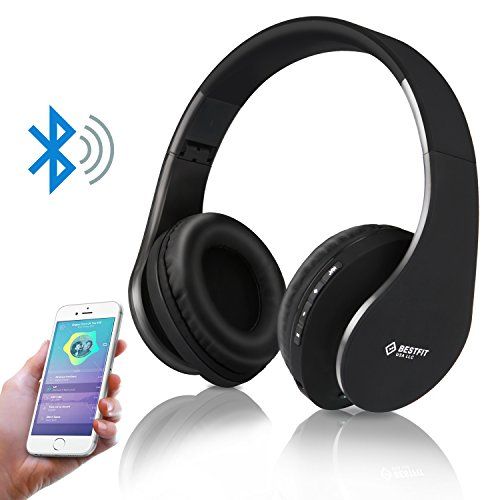
Easily the most controversial headphones here at Sound-guys, Bluetooth has taken the market by storm in 2017. Along with Apple’s unceremonious abandonment of the headphone jack, Android phones have also followed suit; driving up demand for this type of connection. Like other connection types, there’s no “better” or “worse” when it comes to Bluetooth, just trade-offs. However, Bluetooth adds another layer of Pros and Cons to your buying decisions, so it’s worth going over. “Headphones Buying Guide”
PROS
Wireless listening: Get your headphone cable caught on things all the time? Bluetooth headphones don’t have that issue.
Sound quality is better than it was 5 years ago. Bluetooth codecs If you have an up-to-date phone, have come a long way in the last few years. Even so much as to be able to compete in quality to some wired headsets. Of course, both your phone and your headphones have to support the same standards, so be sure to research this before you buy it.
CONS
Battery: Where you once could listen without having yet another thing to charge, now your headphones rely on a battery. It’s a pain with the smaller form-factor items like truly wireless earbuds, but the larger the headphones, the better battery life you typically get.
Wireless signals have inherent weaknesses: Wireless listening is all cool and good, but you may notice that sometimes you suffer from interference. It’s becoming more and rarer, but it can still happen.
Compatibility: While the whole sound quality issue is in a far better place than it used to be. Issues can remain when you don’t have equipment that can talk to each other. Newer headphones will have trouble with older phones, and older headphones generally don’t support decent codecs like aptX and LDAC.
Connectivity
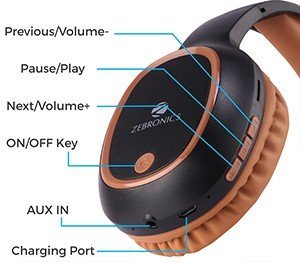
Wired headphones & earphones: Excellent sound quality. They don’t require any power source – no batteries needed. Lightweight design.
Wireless headphones: These have buttons to control the audio playback directly from the headphones. Needs a power source of their own – rechargeable built-in batteries or replaceable ones. Usually heavier than wired headphones. It does not have to be physically connected to the audio device – connects through Bluetooth typically. True wireless headphones are also available which do not have any physical connection between the left and the right earpiece.
Wired with a Wireless Option: These are wired headphones which can also be used wirelessly. They connect to compatible devices via the 3.5 mm jack – or wirelessly through Bluetooth.
Things to know: There’s a lot of technical jargon when it comes to headphones, but they’re worth knowing if you’re looking to invest in a pair for yourself. These are some of the most common terms that get thrown around when talking about audio in headphones.
Frequency Response
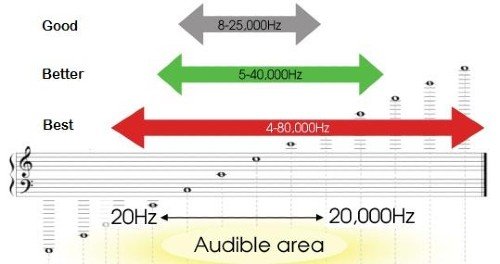
This is the spec that tells you the range of sound that the product is capable of producing measured in Hertz (Hz). If you look on the box of any audio product this number is usually around 20Hz – 20,000Hz, with the first number representing the lowest frequency and the second representing the highest. This number varies depending on the product, but for reference, humans can only hear between 20Hz – 20,000Hz which is why that’s the range most products aim for.
Some people say that products that produce sound above or below those frequencies are pointless, but that’s not necessarily the case. Sure, you won’t be able to hear those extreme frequencies unless you’re a bat, but when products have a slightly wider frequency response, l5Hz – 25,000Hz for example, it gives the sounds at the two extreme ends a little more room to breathe. In other words, what you can hear will sound a little better. That said, most people can’t even hear the difference if they’re looking for it, so it’s not the most important aspect of headphones to the average consumer.
There’s also the problem that no headphones on the market output each frequency at the same volume as all the others. Every set of headphones out there will emphasize certain notes over others, and that will have consequences for your music. Sometimes it will make things sound less clear, or it will all but mute some of the instruments in a song. These are things you can’t divine from a number on a spec sheet.
Noise Isolation vs. Active Noise Cancellation
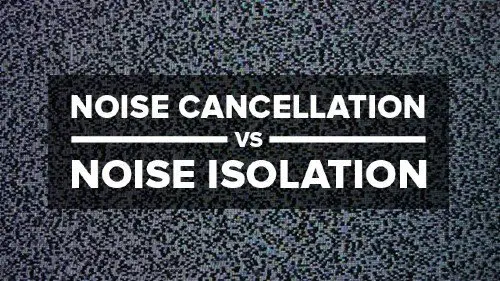
This is one of those things that sound similar but mean very different things. Noise isolation just means that the product physically sits between your ear and outside sound, thus blocking outside noise from entering your ear.
Active noise cancellation (ANC) works differently, though the end goal is the same. Products with ANC have tiny microphones in them that pick up outside sounds. The headphones then produce the opposite sound wave to actively cancel out the unwanted noise. It’s all based on physics and waves properties so as you can imagine, it’s not an easy thing to accomplish. When headphones claim noise-canceling we usually give their effectiveness a mention in our full reviews because it varies from product to product.
Sound-stage
![]()
If someone whispers in your left ear, you’ll know to look over your left shoulder. In a sense, that’s what the sound stage is. A pair of headphones can reproduce spatial cues in a room. In other words, how good a pair of headphones are at tricking your brain into thinking that sounds are coming from a certain direction.
This varies with headphones, but in general, the larger over-ears are better at achieving this than smaller in-ears because the sound has a chance to bounce around your ear before reaching your eardrum. Earbuds pump sound directly into your ear, so there isn’t much room for the sound to move around and create the illusion of space. This kind of leads into the next topic.
Open vs closed back

Closed-back headphones are probably the most familiar ones. The drivers in closed-back headphones are enclosed in the ear cup save for the part facing your ear. This way sound bounces around but has nowhere to go but into your ear. These types of headphones are good if you don’t want outside noise entering the ear cup, and also if you don’t want the person next to you hearing your music (which is called sound leakage).
This makes it a great option for commuters or anyone using headphones in a public setting, like an office.
As you may have guessed, open-back headphones are the opposite. They do not have their drivers enclosed in the ear cups. Instead, they leave the driver exposed, so outside noise can pass freely into the earcup. Naturally, this isn’t the ideal scenario if you commute or in typically noisy areas. The benefit of open-back headphones comes when you use them at home or in a studio setting. Because they allow sound to enter the ear cups from the surroundings, the music has a much better sound-stage. Of course, this also means that if you wear them out in public you’ll hear what’s going on around you fairly easily.
Design
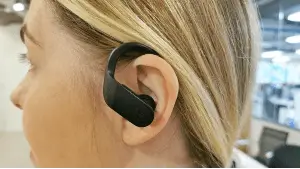
Ear-clip Design: These headphones are designed with a clips. That secures the earpiece around the back of the ear almost like spectacle loops. These headphones don’t fall off easily, even if the wearer is moving a lot. Designed to be light and ergonomic, so they don’t strain your ears. Ideal for active users who are sports and exercise enthusiasts.

Behind-the-neck Design: Also known as neckbands. It can be wire or wireless. Good for active users who are into sports and working out. Easy to carry. It can be any headsets designed to be light and ergonomic so they don’t strain your ears. Good while traveling or working out.
Technical Features

Active Noise Cancellation: Reduces unwanted ambient noise. Features a miniature microphone to counteract background noise. Negates ambient sound by adding a second sound specifically designed to cancel the first. Ideal for noisy environments.
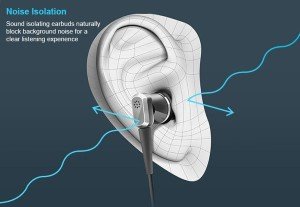
Passive Noise Isolation: Blocks out ambient noise for a clearer listening experience by creating a seal between the ear and headphones. Ideal for noisy environments.
Mic Quality
Durable and sweat-resistant. Good noise filtration. High-speech intelligibility.
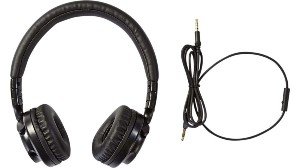
Detachable cables: As Sven the sturdiest of cables can be damaged. Headphone makers are now using detachable cables that are easy to replace.

Tangle-free Cables: Store the headset in a case to avoid the wires getting tangled. Flat or serrated cables are ideal for people on the move as they do not tangle.
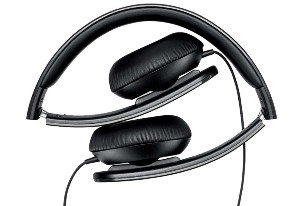
Collapsible ear cup: If you opt for on-ear or over-ear headphones, it’s always good to pay attention to whether or not they fold. If you’re going to use them while out and about, you want ones that are easier to store.
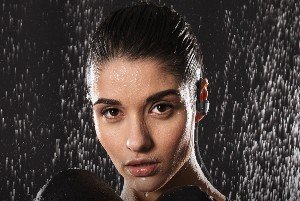
Water resistance: This mainly applies to workout earbuds, but make sure that your sweat won’t damage them. Most headphones designed for fitness can withstand sweat, but it’s always good to double-check just to be safe.
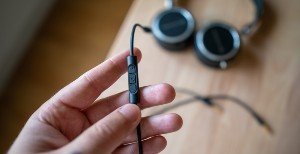
Control module: If you’re not fond of pulling your phone out of your pocket. Some headphones have control modules and mics on the wire or built into the headphones. That let you do several things. You can answer phone calls, access Siri or Google Now, and control your music. Always check what the controls are and see if they match your preferences.

Battery Life: If the headphones you choose are Bluetooth or have active noise canceling, always take a look at the battery life. You don’t want to be caught in the middle of a commute or workout. And have your headphones die on you.
Thanks for reading that far we hope this article of “Headphones Buying Guide” will help you to find the best headphones Online.
Here, the Top 10 Best Headphones Brands for you to consider.
Follow us on Facebook and Instagram for daily updates at www.qualitypocket.com
